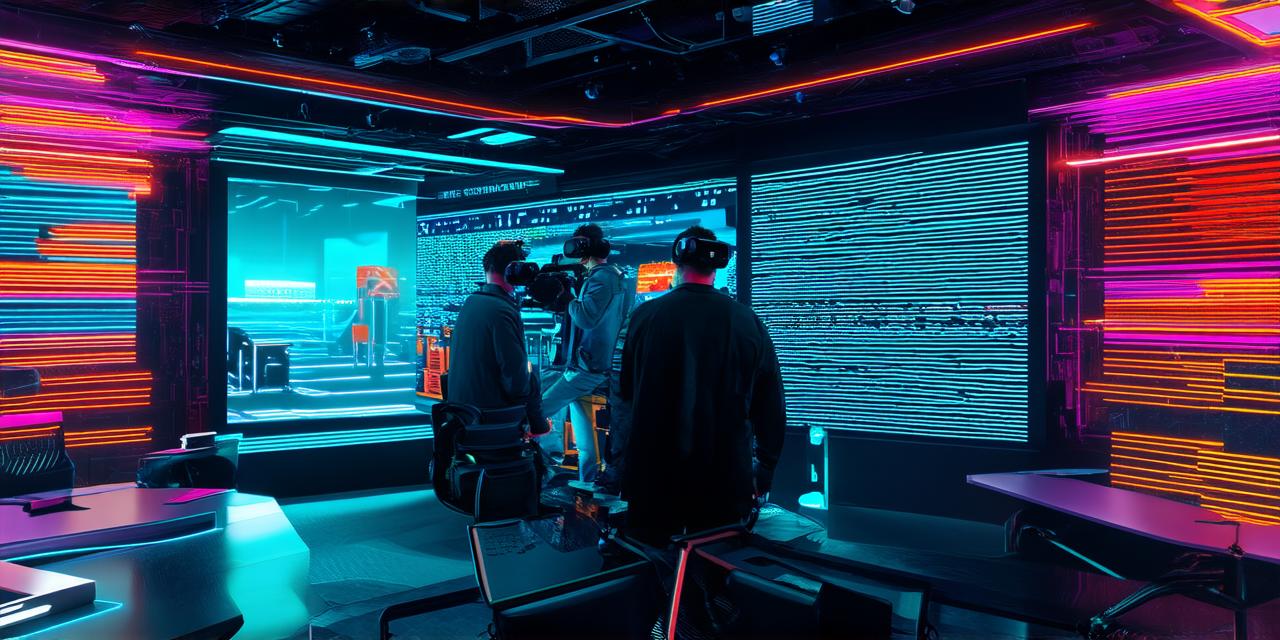Virtual reality (VR) has been around for decades, but it’s only in the last few years that the technology has become more accessible and affordable. If you’re a virtual reality developer, you may be wondering what VR is all about and how it works. In this article, we’ll take a closer look at the basics of virtual reality, including its history, how it works, and its potential applications in various industries.
History of Virtual Reality
The concept of virtual reality dates back to the 1960s when computer scientists first began experimenting with immersive environments. In 1968, Ivan Sutherland created “Skywalk,” an early form of VR that allowed users to explore a virtual environment using a head-mounted display (HMD).
Over the years, virtual reality technology has evolved significantly. Today, there are a wide range of devices and applications available, including gaming consoles, smartphones, and specialized hardware like Oculus Rift and HTC Vive.
How Virtual Reality Works
At its core, virtual reality involves creating an immersive environment that simulates the real world or a completely imaginary world. This is achieved through a combination of hardware and software.
The most important piece of hardware in a VR setup is the HMD, which sits on top of the user’s head and displays a 3D image. The HMD also tracks the user’s movement using sensors, allowing them to look around and interact with the virtual environment.
In addition to the HMD, other hardware components like motion controllers and sensors are used to track the user’s movements and provide feedback on their actions. For example, if a user reaches out to grab an object in the virtual world, the sensors will detect this movement and adjust the environment accordingly.
Virtual reality software is responsible for creating and rendering the 3D environment. This can be done using specialized software tools or game engines like Unity and Unreal Engine.
Applications of Virtual Reality
The potential applications of virtual reality are virtually limitless, with industries ranging from healthcare to education to gaming benefiting from this technology. Here are a few examples:
-
Healthcare: Virtual reality can be used in various medical procedures like surgery and rehabilitation. For example, doctors can use VR simulations to practice complex surgeries before performing them on actual patients, reducing the risk of complications and improving patient outcomes.
-
Education: VR can be used to create immersive learning environments that allow students to explore new concepts and ideas in a safe and controlled environment. For example, history students can virtually walk through ancient civilizations or science students can study the human body in 3D.
-
Gaming: Virtual reality has revolutionized the gaming industry, allowing players to fully immerse themselves in a game world. This has led to a new generation of games that are more engaging and interactive than ever before.
-
Training and simulation: VR can be used to train employees in various industries like aviation, manufacturing, and military. For example, pilots can use VR simulations to practice flying without the risk of crashing a real plane.
Conclusion
Virtual reality is a powerful technology that has the potential to change the way we interact with the world around us. Whether you’re a developer looking to create a new game or application or simply someone who wants to explore the possibilities of VR, there’s no denying that this technology is exciting and rapidly evolving.
FAQs
1. What hardware do I need to use virtual reality?
2. How do I create a virtual reality environment?
3. What are some common applications of virtual reality?
4. Is virtual reality safe to use?
5.
